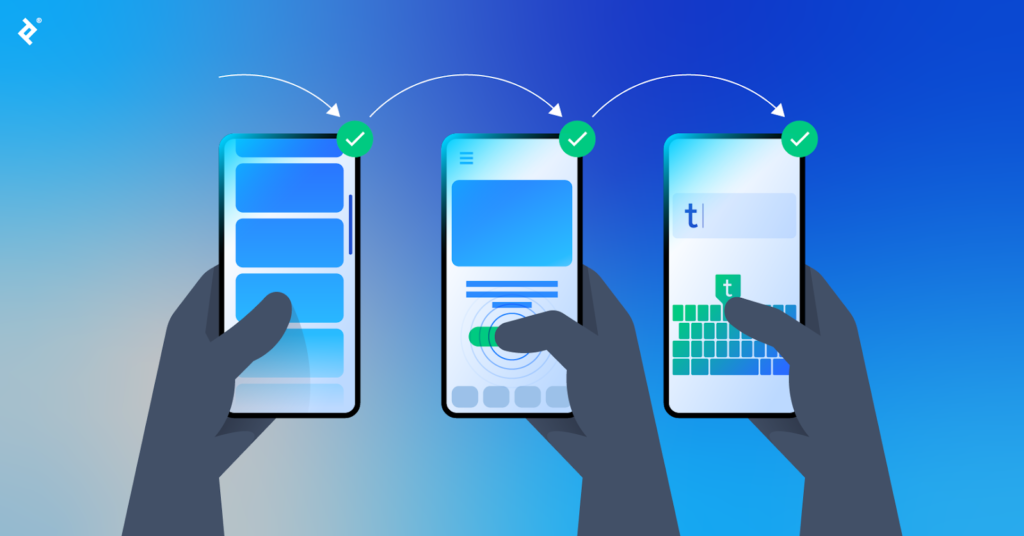In the digital age, where almost everything hinges on seamless connectivity, understanding the quality and reliability of our communication networks is crucial. Among several parameters that define a network’s performance, the term “Call Drop” stands out as a key indicator. A call drop refers to the untimely termination of a voice call due to specific challenges or issues within a network. Therefore, Call Drop Performance becomes a measure of how often these disruptions occur and the network’s capability to handle or prevent them. You may also read What To Know About The Highly Anticipated Meta Thugs
Decoding the Call Drop Phenomenon
When we talk about call drops, we are hinting at moments of annoyance, moments when an essential conversation is cut off abruptly. Such instances, though seemingly trivial, can indicate potential challenges within the cellular network infrastructure. Before we dive deep into solutions and improvements, let’s understand the underlying reasons behind call drops.
Reasons for Call Drops:
- Network Congestion: Much like a traffic bottleneck on a busy road, network congestion happens when numerous users try to access the network simultaneously, leading to delayed or terminated services.
- Handover Issues: As mobile users move, their devices switch between different base stations to maintain a connection. This switch, known as a handover, can sometimes fail, causing a call to drop.
- Weak Signal Strength: Areas with weak or no signals, such as certain indoor spaces or remote locales, are prone to call drops.
- Technical Glitches: These could range from hardware malfunctions to software anomalies within the network.
Understanding the Reasons for Poor Call Drop Performance in Cellular Networks requires a deep dive into these factors and many more. For instance, the introduction of new network technologies, such as 5G, brings its own set of challenges. Thus, Improving Call Drop Performance in 5G Networks will need specialized strategies.

The User’s Perspective Impact of Call Drop Performance on User Experience
A user’s perception of a network is significantly influenced by the consistency of their calling experience. Frequent call drops can mar a network’s reputation, making users switch to competitors. Here’s how it impacts:
- Trust Erosion: Trust in the reliability of a network diminishes with frequent call disruptions.
- Financial Implications: Users might be charged for calls that get dropped, leading to dissatisfaction.
- Missed Opportunities: Important business calls or personal conversations that get cut off can lead to missed opportunities.
Dissecting Call Drop Metrics
To address call drop issues, one needs to measure them first. The distinction between different terms, like understanding the Difference between Call Drop Rate and Call Drop Performance, becomes imperative.
- Call Drop Rate (CDR): This quantitative metric calculates the number of dropped calls as a fraction of total calls. A lower CDR indicates better network health.
- Service Accessibility: Represents the ease with which a user can access the network.
- Service Retainability: Measures the network’s ability to retain an ongoing call.
Armed with sophisticated tools, network providers employ the Latest Tools for Analyzing Call Drop Performance to keep these metrics within acceptable limits. Innovations in analytics and real-time monitoring have given providers an edge in preemptively addressing potential problems.
Delving into Factors Affecting Call Drop Performance
A myriad of factors converge to influence call drop performance in telecom networks. Some of these include:
- Geographical Challenges: Mountains, tall buildings, and other physical obstructions can affect signal strength.
- Weather Conditions: Extreme weather can sometimes play havoc with signal transmission.
- Network Transition: As networks upgrade, from 4G to 5G for instance, certain teething troubles can impact call performance.
- Hardware Limitations: Old or malfunctioning hardware can be a significant bottleneck.

Solutions to Overcome High Call Drop Performance Issues
Given the complex web of factors influencing call drops, solutions need to be multifaceted:
- Robust Infrastructure: This entails setting up more towers, enhancing tower strength, and using advanced technologies.
- Frequent Audits: Regular network audits can help in the early detection of potential issues.
- Feedback Systems: Systems that allow users to report call drop instances can help providers address ground-level challenges faster.
- Adhering to Standards: Ensuring compliance with Industry Standards for Call Drop Performance Metrics ensures a baseline service quality.
The Future Call Drops in the Age of 5G and Beyond
The advent of 5G technology, promising faster speeds and more stable connections, also brings its own challenges. Improving Call Drop Performance in 5G Networks is crucial. Strategies may involve better infrastructure, enhanced software algorithms, and efficient handover techniques.
Wrapping Up Prioritizing Seamless Connectivity
Call drops might seem mundane, but they are symbolic of larger challenges within a network. As we advance technologically, the onus is on service providers to ensure that users experience minimal disruptions. By leveraging advanced tools, adhering to industry benchmarks, and continually innovating, networks can aim to make call drops a thing of the past.
Watch this video on how to use it!
Final Thoughts
As we navigate through the digital age, the importance of maintaining clear and uninterrupted lines of communication cannot be stressed enough. Call drop performance is not just a technical metric; it’s a reflection of a network’s commitment to its users and its drive to innovate. As technologies evolve and our reliance on seamless connectivity deepens, the industry’s pursuit of perfect call quality becomes a journey shared with every user. In the end, understanding and addressing the intricacies of call drops is not merely about maintaining a network’s health but about enriching human connections in a digitally-driven world.


